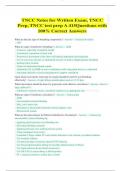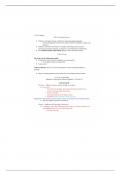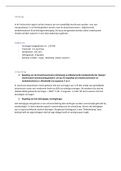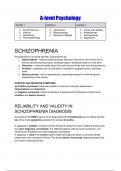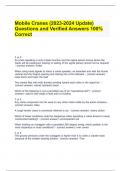Other
Unit 9.1 - Impacts of Computing
- Module
- CS F1215
- Institution
- PEARSON (PEARSON)
Understand impact of developments on an organisation Impacts developments in computing have had on an organisation DISCLAIMER! I do not recommend copying and pasting this document for your assignment as I have been a student myself and I have uploaded this assignment to TurnItIn. If you copy past...
[Show more]





